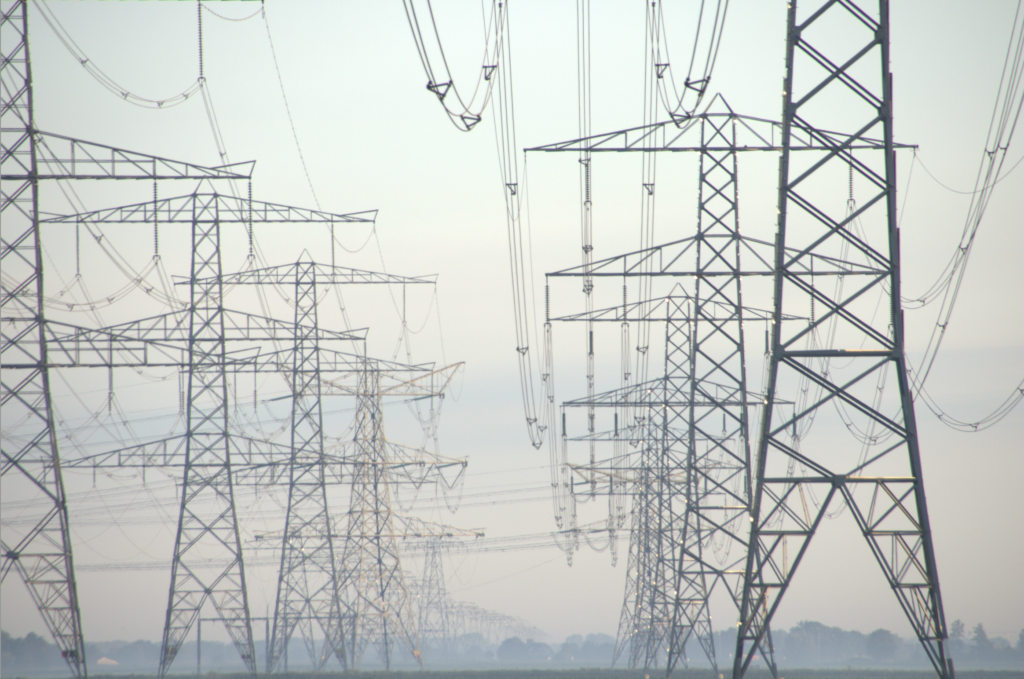Globally, we emit over 50 billion tonnes of greenhouse gases each year. As climate change concerns grow we need to understand how to reduce our negative impact now more than ever. The first step in change is understanding where our current greenhouse gas emissions come from. In this post we explore which industries are the most environmentally damaging and how negative their impact actually is.

1. Energy
When first exploring which industries are the most environmentally damaging, the energy sector stood out immediately. Electricity and heat contributed 15.83 billion tonnes of greenhouse gases in 2019. At 32%, this makes it the largest single contributor to global greenhouse gas emissions. The majority of electricity comes from the fossil fuel industry. Finite resources like coal, natural gas and oil are burned to generate power, producing massive amounts of greenhouse gases in the process.
Environmental Impact
- Greenhouse Gases: 32% (15.83 billion tonnes)
- CO2 Emissions: 15.76 billion tonnes
- CH4 Emissions: Unknown
- N2O Emissions: Unknown
Despite a push to move to more renewable sources of energy, coal for energy generation actually increased in 2021. On the bright side, renewable energy and nuclear power generated more energy than coal in 2021. But the key to switching energy sources comes down to cost. As the cost to produce renewable energy continues to fall, its use as an energy source will increase. And if we want to offset the negative impacts from recent emission gains, we need to reduce the cost of renewable energy as soon as possible.

2. Transport
Over one sixth of global greenhouse gases come from transportation. In 2019, this accounted for a staggering 8.43 billion tonnes of C02 eq. In Canada and the US this percentage is even higher at 25% and 30%. The majority of these emissions come from using fossil fuels to power transportation activities. Road transportation accounts for the lion’s share of greenhouse gases in the transport sector at 73%. And within road transportation, a majority at 60% comes from passenger travel, like motorcycles, cars and buses.
Environmental Impact
- Greenhouse Gases: 17% (8.43 billion tonnes)
- CO2 Emissions: 8.22 billion tonnes
- CH4 Emissions: Unknown
- N2O Emissions: Unknown
Over 90% of vehicles on the road are powered by fossil fuels, causing high levels of greenhouse gas emissions. Although sales of electric vehicles (EVs) doubled in 2021, they still only represent 10% of vehicle ownership. Encouragingly, governments globally continue to invest in electric vehicle incentives to promote adoption, 14 billion USD in 2020. In addition, many countries globally proposed banning internal combustion engines or implementing 100% sales of zero emissions vehicles in recent years. Considering the enormity of emissions generated from passenger transport, the switch to zero-emission vehicles is key in reducing our environmental impact.

3. Manufacturing and Construction
Next on our list of which industries are the most environmentally damaging is Manufacturing and Construction. This sector accounts for 13% of global greenhouse gas emissions at 6.3 billion tonnes C02 eq. According to the Paris Agreement, the building and construction industry needs to decarbonise by 2050. To achieve this a global, coordinated and long-term strategy is needed.
Environmental Impact
- Greenhouse Gases: 13% (6.3 billion tonnes)
- CO2 Emissions: 6.25 billion tonnes
- CH4 Emissions: Unknown
- N2O Emissions: Unknown
According to the 2021 Global Status Report for Buildings and Construction, this can be achieved by addressing multiple issues within both sectors. On the construction side, key areas include using low carbon materials and optimising processes across the full life cycle. Starting with refurbishing existing buildings right through to circularity at the end of the cycle, numerous changes need to be made within this sector.

4. Agriculture
The agriculture industry accounts for 12% of global greenhouse gas emissions, 5.79 billion tonnes in 2019. Although this number varies greatly by country, for example, the agriculture industry in Ireland accounts for 37% of total greenhouse gas emissions. Soil management is crucial in reducing greenhouse emissions in this sector. In the US, emissions from soil account for over half of the total emissions from the agriculture industry.
Environmental Impact
- Greenhouse Gases: 12% (5.79 billion tonnes)
- CO2 Emissions: Unknown
- CH4 Emissions: 3.49 billion tonnes
- N2O Emissions: 2.3 billion tonnes
Globally, agriculture is responsible for the largest percentage of methane emissions (CH4). The majority of this comes from the cultivation of livestock like cattle and crops like rice. Cattle produce methane during digestion, a process known as enteric fermentation which accounts for a quarter of the emissions from this sector. In addition, their manure contributes methane and nitrous oxide (N2O) to the environment. In the US, manure management accounts for 12% of total greenhouse gas emissions from the agriculture sector. Globally, the agriculture industry needs to address their impact by creating strategies for the efficient management of carbon, methane and nitrogen within livestock and crop production.

5. Buildings
Last on our list of which industries are the most environmentally damaging is Buildings. In 2015, the construction and operation of buildings accounted for 38% of global CO2 emissions. However, by 2020, this sector’s emission contributions dropped to 2007 levels. This reduction came from a reduction in energy usage due to Covid-19, but also due to continued efforts to reduce emissions from this sector. In the Paris Agreement 90 countries included actions to address buildings-related emissions or improve energy efficiency. Today, over 80 countries have building energy codes and investment in energy efficiency in buildings has increased. However, the majority of this investment comes from a small number of European countries.
Environmental Impact
- Greenhouse Gases: 6% (3.07 billion tonnes)
- CO2 Emissions: 2.79 billion tonnes
- CH4 Emissions: Unknown
- N2O Emissions: Unknown
According to the 2021 Global Status Report for Buildings and Construction, carbon emissions could be eliminated from building operations by 2050 with a three-prong strategy. The first area to address is energy demand through behaviour change and energy efficiency. The second is by decarbonizing the power supply though renewable sources. And finally, managing embodied carbon stored in building materials. Investment and information sharing globally is key to achieving these goals and needed for long lasting change in this sector.
Sustayn is designed to present the most useful recommendations for environmentally friendly approaches and items. We update links when possible, but note that links can be broken and pricing, where noted, can be subject to change. Information referenced in “Environmental Impacts” section references 2019 data.








